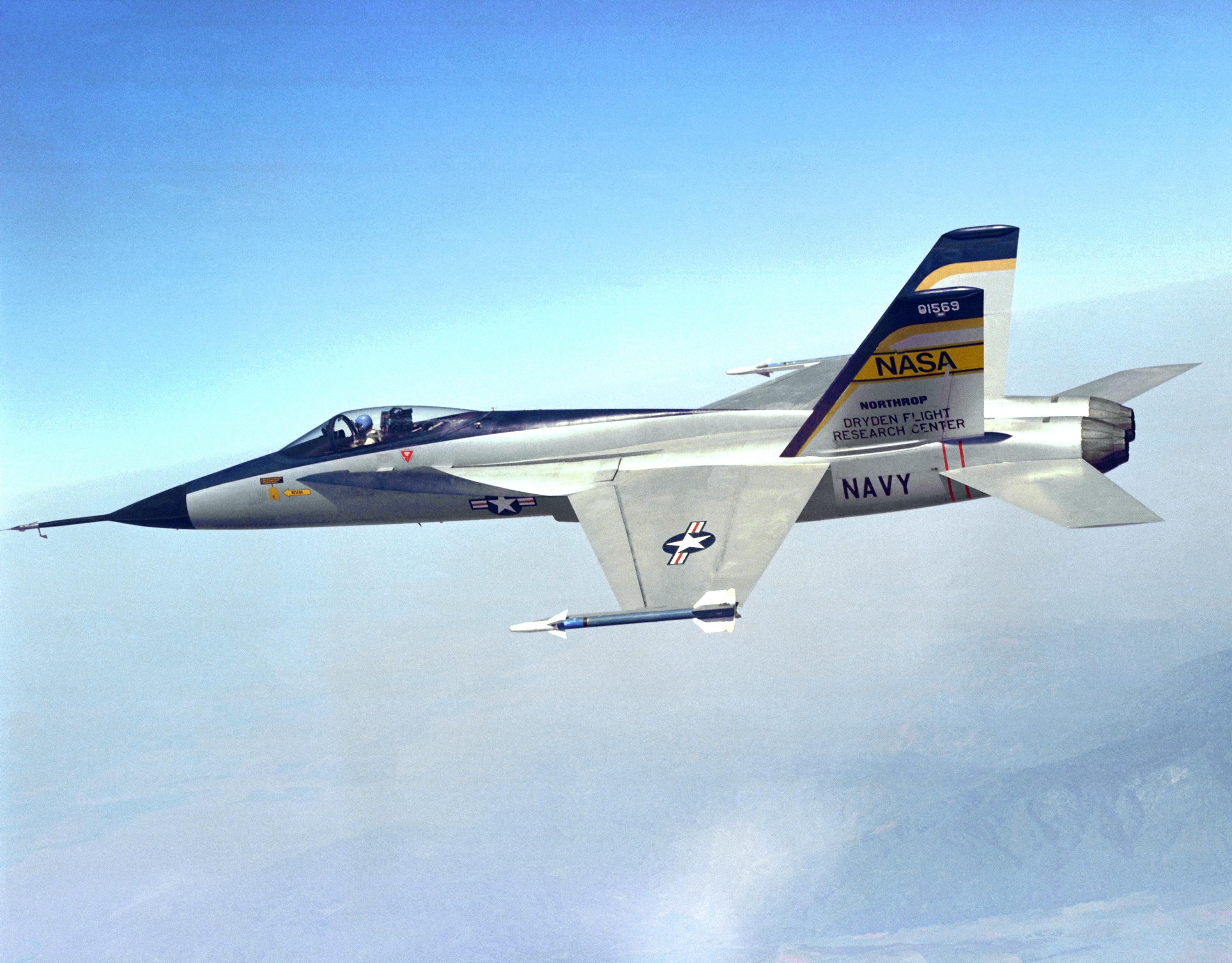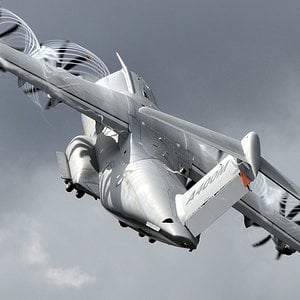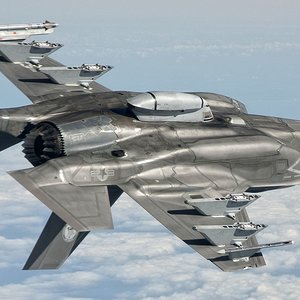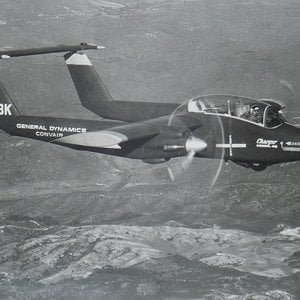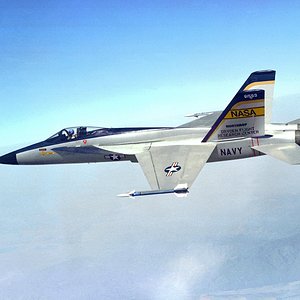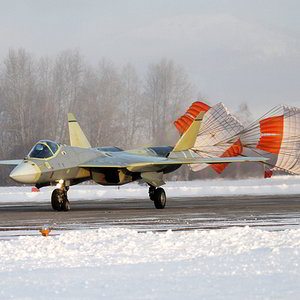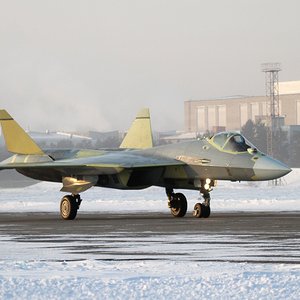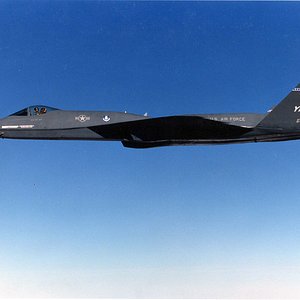Navigation
Install the app
How to install the app on iOS
Follow along with the video below to see how to install our site as a web app on your home screen.
Note: This feature may not be available in some browsers.
More options
You are using an out of date browser. It may not display this or other websites correctly.
You should upgrade or use an alternative browser.
You should upgrade or use an alternative browser.
By the late 60’s the USAF had a split into factions about air to air combat. A report by Major John Boyd concluded that US fighters ( Phantoms) had become too heavy. A smaller fighter, that was to have a High thrust to weight ratio, was needed. Eventually the USAF set the specifications for a new fighter to be a gross weight of under 20,000 Lbs. That weight made it roughly ½ the weight of the Air Force’s new Air Superiority fighter the F-15 Eagle. Eventually the Light Weight Fighter Mafia, a group of like-minded strategists, convinced the powers that be that there needed to be a competition for a “small, low drag, low-weight pure fighter. This aircraft would be a missileer with no bomb racks. General Dynamics received $49,000 for the project Northrop $100,000 for studies into those specifications. These to projects would eventually become the YF-16 and the YF-17.
The Northrop design grew out of their very successful N-156 program. The N-156 was a two engined Lightweight Fighter which became the T-38 Talon and the F-5 Freedom Fighter. Interestingly enough the N-156 was to be a naval aircraft. The YF-17 would be a continued development of the F-5E. The changes were the height of the wing to increase ordnance capacity. The wing also included something new a LERX or Leading Edge Root Extensions. The LERX was to give the YF-17 and then the FA-18 Hornet its unique plan form and its abilities to fly a very high angles of attack. The LERXs with their curves gave the Cockpit a “cobra like cowl” thus the YF-17 earned the name of “Cobra” thought it was unofficial.
The LWF was to be a dogfighter. It was to be able to mix it up with the likes of a MiG-21 in close quarters. The YF-17 & 16 both had simple range finding radars in the nose. To help with high Gee turns the Ejection seat was pitched 18° degrees backwards. The power plant was two General Electric YJ-101-GE-100 turbofans. The Wings would not carry fuel but have composite control surfaces. For the time all of these improvements were radical.
To support the High Alpha flight the original single vertical tail was replaced with two Verticals with a 45° cant outward.
The YF-17 took to the skies on June 9th 1974. Two aircraft would be completed. ( Both still exist in museums)
The Lightweight Fighter competition was to create a fighter that was 20,000 Lbs, with a high turn rate, climb rate. It was optimized to fight in the .6 to 1.6 mach between 30,000 and 40,000 Feet. That was because it was expected that all future fights would occur at that altitude. The USAF based that on their expirence in Vietnam, as well as observations of the Arab-Israeli and Indo-Pakastani wars.
Do to the Political climate the LWF became the ACF Advanced Combat Fighter, it added the ability to drop bombs! The YF-16 eventually won the ACF contract. It had better climb rates acceleration and turn rates. The largest factor was the engine! The F-16 was powered by the Pratt & Whitney F-100 Turbo fan which was powering the F-15 Fighter.
However the US Navy, who was charged by Congress to find a fighter out of the ACF eventually chose the YF-17. Because it’s twin engined power plant, one of the reasons it lost out to the YF-16. The YF-17 would eventually grow into the McDonnell Douglas FA-18 Hornet. The only real looser in this was Northrop. An agreement was made that Northrop would create a land-based version while MDD would make the naval version. Northrop eventually had to give up and lost out. Most foreign customers wanted the heavier F-18.
Another sidenote there is one homage to Northrop in the F-18. Douglas always named their Fighters Sky , McDonnell after the Supernatural. Yet the F-18 is named the Hornet. Maybe because Jack Northrop always named his fighters after insects. . Something to think about.
Oh and as for Light Weight Fighters, the F-17’s Grandchild the F-18F is 47,000 Lbs. Over 50% heavier. So much for dogfighting
But the Lightweight Fighter Competition you could call a complete success. Both the F-16 and F-17/18 are still in production
The Northrop design grew out of their very successful N-156 program. The N-156 was a two engined Lightweight Fighter which became the T-38 Talon and the F-5 Freedom Fighter. Interestingly enough the N-156 was to be a naval aircraft. The YF-17 would be a continued development of the F-5E. The changes were the height of the wing to increase ordnance capacity. The wing also included something new a LERX or Leading Edge Root Extensions. The LERX was to give the YF-17 and then the FA-18 Hornet its unique plan form and its abilities to fly a very high angles of attack. The LERXs with their curves gave the Cockpit a “cobra like cowl” thus the YF-17 earned the name of “Cobra” thought it was unofficial.
The LWF was to be a dogfighter. It was to be able to mix it up with the likes of a MiG-21 in close quarters. The YF-17 & 16 both had simple range finding radars in the nose. To help with high Gee turns the Ejection seat was pitched 18° degrees backwards. The power plant was two General Electric YJ-101-GE-100 turbofans. The Wings would not carry fuel but have composite control surfaces. For the time all of these improvements were radical.
To support the High Alpha flight the original single vertical tail was replaced with two Verticals with a 45° cant outward.
The YF-17 took to the skies on June 9th 1974. Two aircraft would be completed. ( Both still exist in museums)
The Lightweight Fighter competition was to create a fighter that was 20,000 Lbs, with a high turn rate, climb rate. It was optimized to fight in the .6 to 1.6 mach between 30,000 and 40,000 Feet. That was because it was expected that all future fights would occur at that altitude. The USAF based that on their expirence in Vietnam, as well as observations of the Arab-Israeli and Indo-Pakastani wars.
Do to the Political climate the LWF became the ACF Advanced Combat Fighter, it added the ability to drop bombs! The YF-16 eventually won the ACF contract. It had better climb rates acceleration and turn rates. The largest factor was the engine! The F-16 was powered by the Pratt & Whitney F-100 Turbo fan which was powering the F-15 Fighter.
However the US Navy, who was charged by Congress to find a fighter out of the ACF eventually chose the YF-17. Because it’s twin engined power plant, one of the reasons it lost out to the YF-16. The YF-17 would eventually grow into the McDonnell Douglas FA-18 Hornet. The only real looser in this was Northrop. An agreement was made that Northrop would create a land-based version while MDD would make the naval version. Northrop eventually had to give up and lost out. Most foreign customers wanted the heavier F-18.
Another sidenote there is one homage to Northrop in the F-18. Douglas always named their Fighters Sky , McDonnell after the Supernatural. Yet the F-18 is named the Hornet. Maybe because Jack Northrop always named his fighters after insects. . Something to think about.
Oh and as for Light Weight Fighters, the F-17’s Grandchild the F-18F is 47,000 Lbs. Over 50% heavier. So much for dogfighting
But the Lightweight Fighter Competition you could call a complete success. Both the F-16 and F-17/18 are still in production

